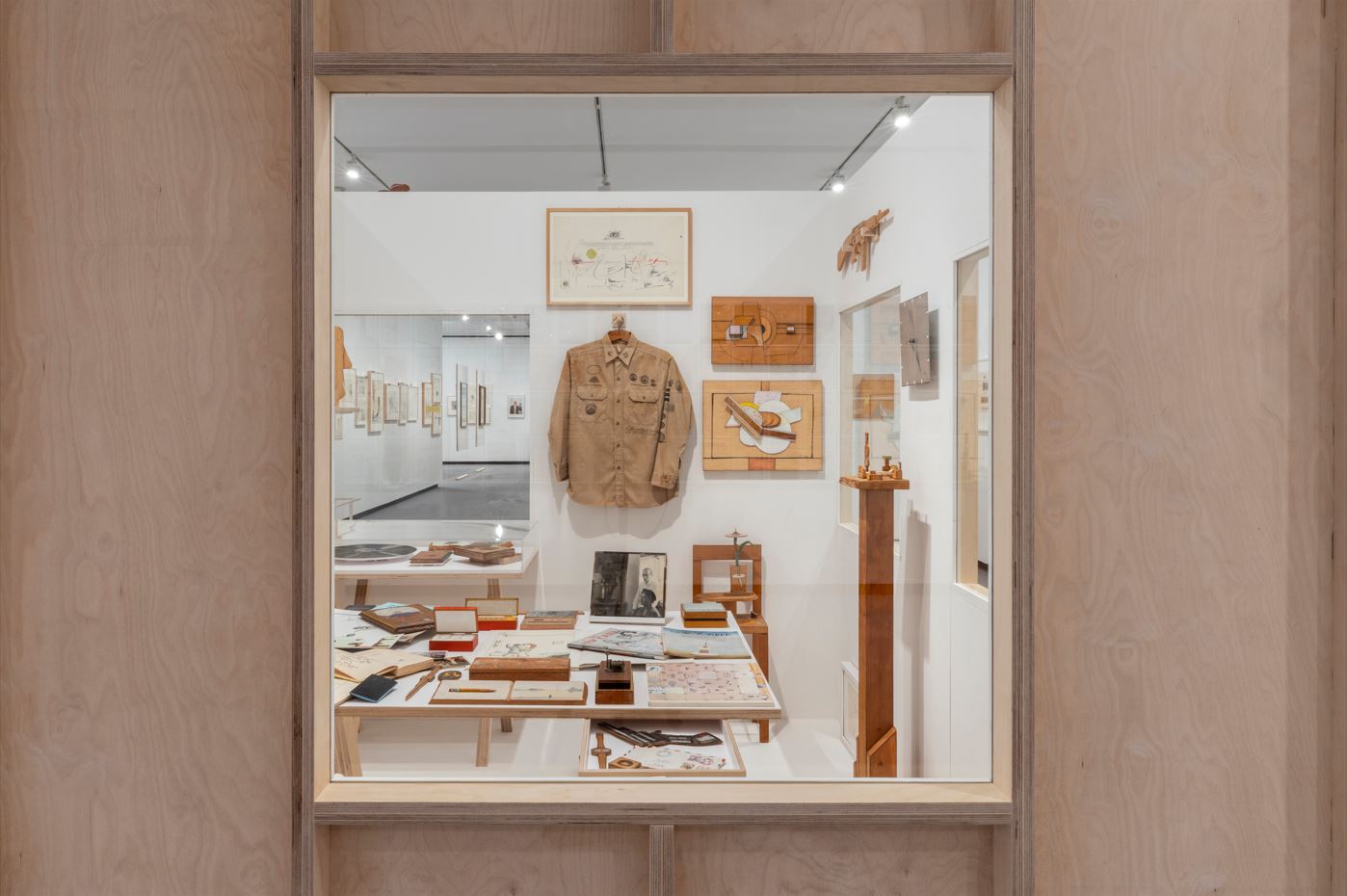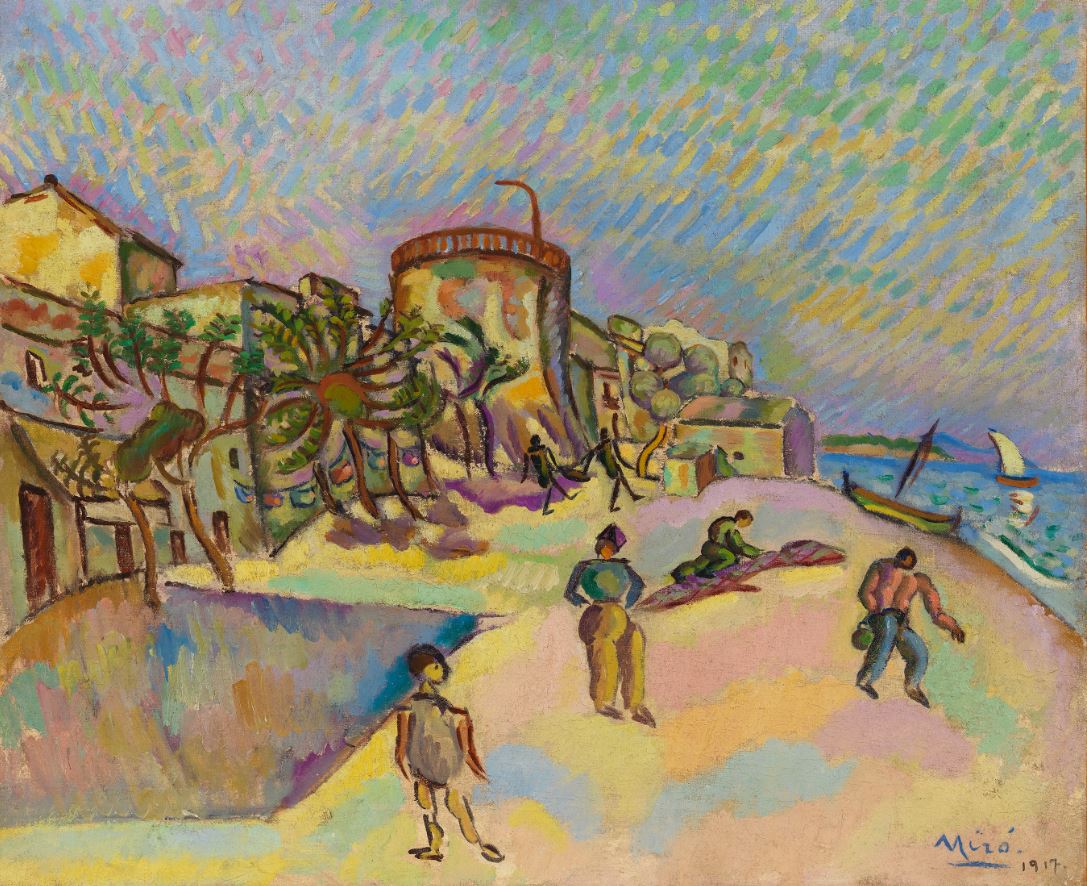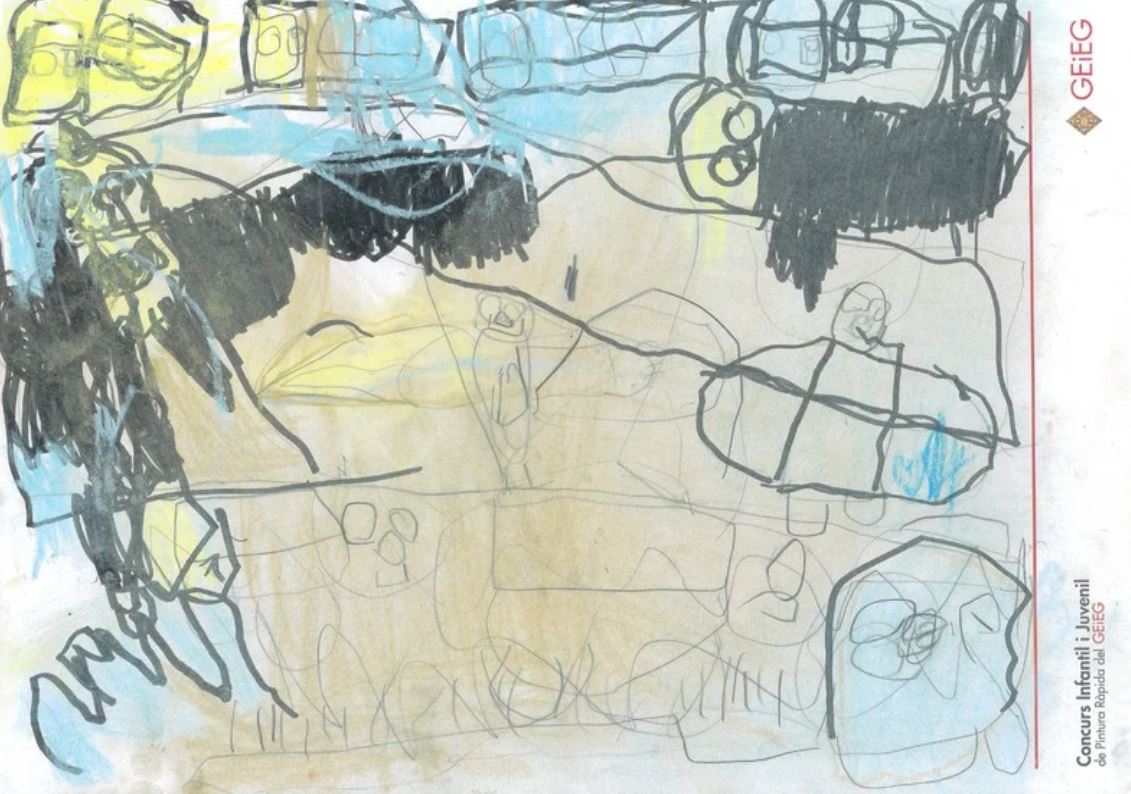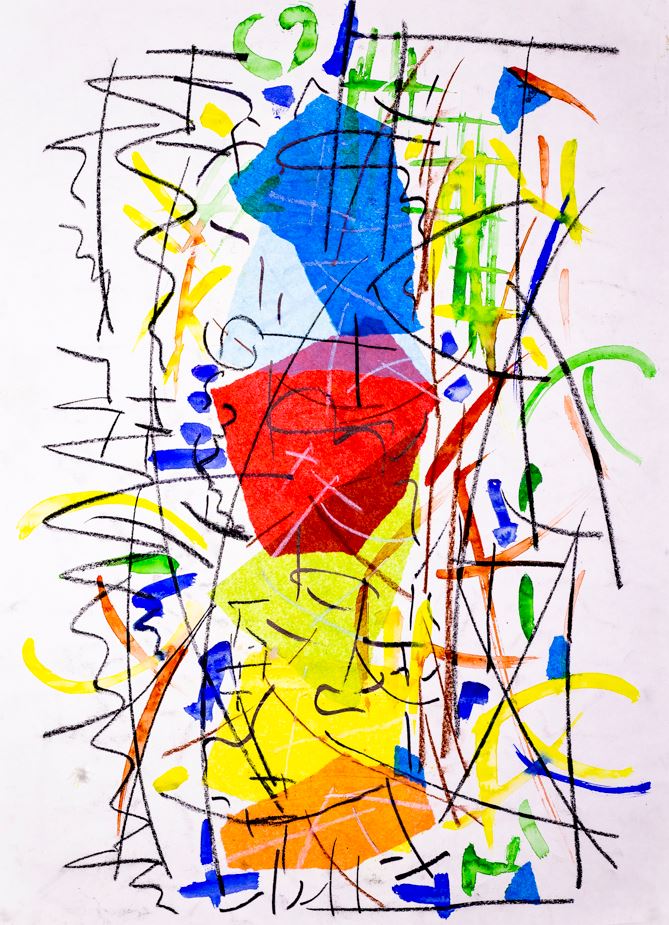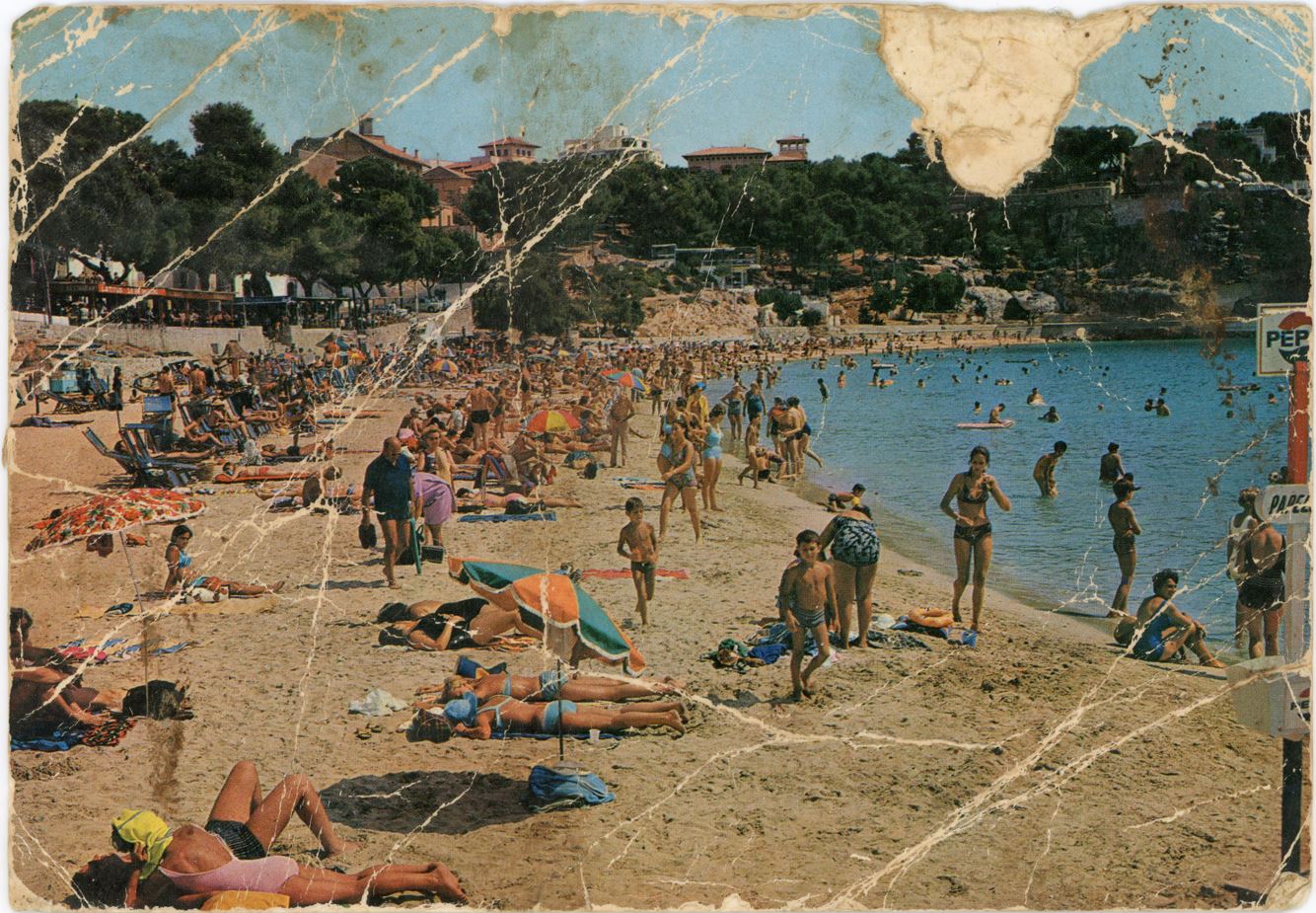Exhibitions
Saul Steinberg and drawing as a universal language
The artist's universe and all its facets at the Juan March Foundation.
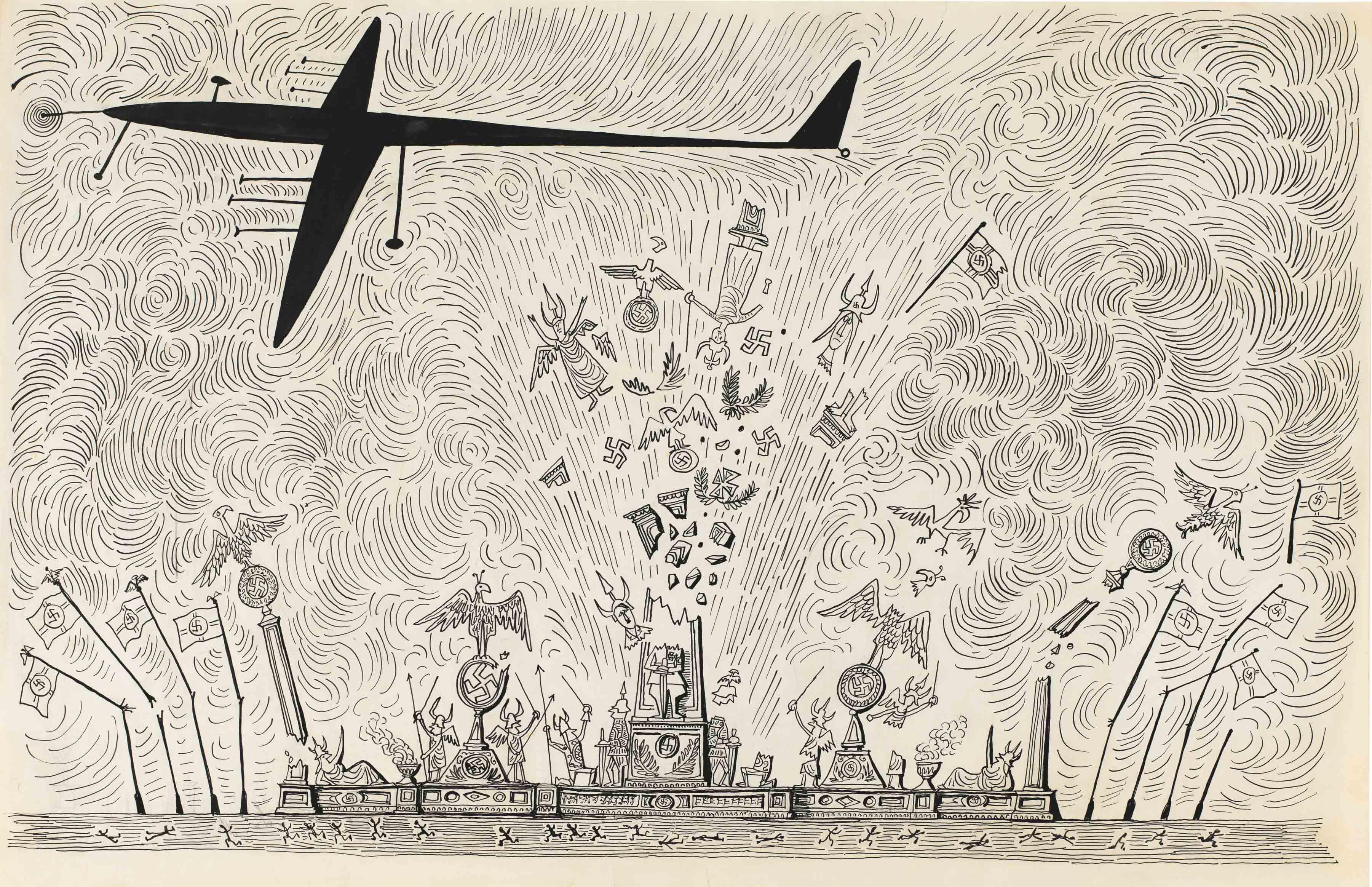
Saul Steinberg's work moves in a diffuse space between art and illustration. In this line of ambiguity, the Juan March Foundation in Madrid presents a key exhibition to understand the impact of this creator in the 20th century.
The retrospective 'Saul Steinberg, artist' offers a comprehensive view of his career, with nearly 400 works from private collections and European and American institutions. In addition, this exhibition represents the first complete retrospective of Saul Steinberg in Spain, consolidating the Juan March Foundation as a point of reference for the artist's study, thanks also to the donation of 115 pieces by the Saul Steinberg Foundation of New York.
Born in Romania in 1914 and died in the United States in 1999, Steinberg is best known for his more than 50-year collaboration with The New Yorker magazine, where he redefined the boundaries between graphic humor and conceptual art . But to place Steinberg solely as a draftsman would be to reduce the scope of his work. The exhibition shows how his work unfolds through numerous media: from drawings to collages, through murals, photographs, magazines and even artist books.
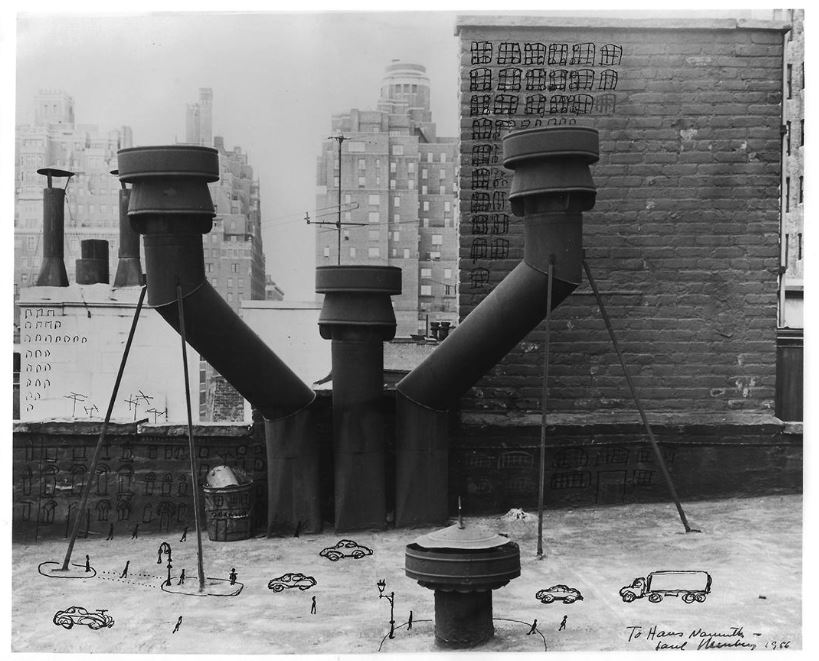
His relationship with American abstract expressionism, sharing an era with figures such as Jackson Pollock and Willem de Kooning, is reflected in the freedom with which he combines forms and concepts. However, Steinberg did not belong entirely to any particular artistic movement, as he himself expressed: "I'm not entirely in the art world, not in the cartoon world, not in the magazine world, because the art world doesn't know where to place me."
Alicia Chillida, guest curator of the exhibition, has managed to construct a narrative that embraces the multiple facets of an author who found in drawing a tool for philosophical and existential exploration. At the Juan March Foundation, everything from his famous murals to the covers of The New Yorker, as well as more intimate works that explore his own condition as a nomad, are exhibited. Harold Rosenberg, art critic, defined him as a "writer of images", an expression that summarizes the constant dialogue between word and image that permeates all his production.
Steinberg's life was as wandering as his work: a Jew, persecuted by Mussolini's anti-Semitic laws, he trained as an architect in Italy, but had to flee to the United States without papers. This exile deeply marked his work, which is often presented as a reflection on identity, displacement and borders. He established deep connections with other exiled artists and intellectuals, such as Samuel Beckett, Alberto Giacometti and Eugène Ionesco, with whom he shared an acute and ironic view of the human condition.
The exhibition, which can be visited until January 12, shows how Saul Steinberg revolutionized drawing and turned it into a tool for visual and intellectual reflection. Through a subtly ironic and witty work, he captured the reality of his time offering, however, a critical and lucid view of the contemporary world.
